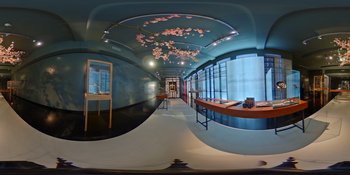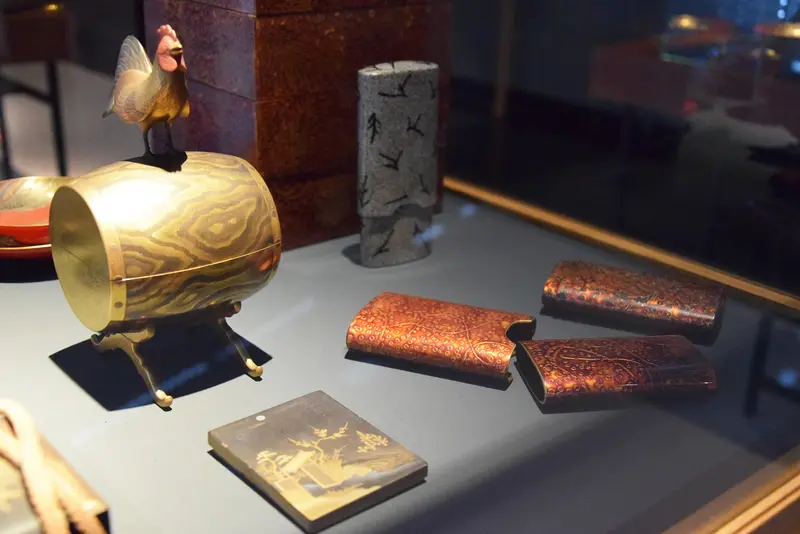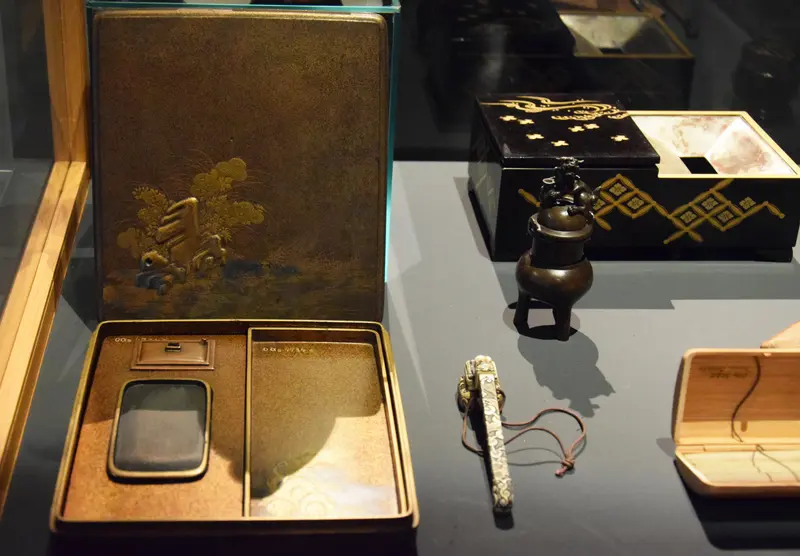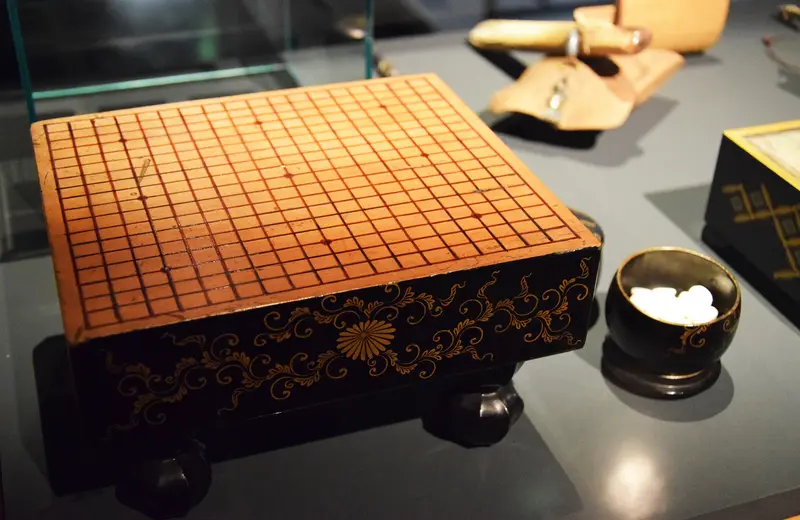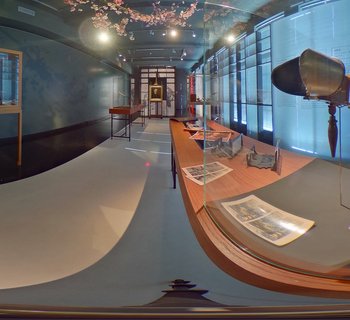The Collector Heinrich Botho Scheube
There are different motives for collecting; for the physician, Heinrich Botho Scheube (1853-1923), his interest in Japanese culture goes back to his stay in Kyoto. In 1877, the Japanese government had recruited the assistant doctor, who had previously worked at the Leipzig University, to teach at the medical school in Kyoto. In 1882 he returned to Germany and handed over his collection to the Museum für Völkerkunde zu Leipzig in 1891, followed by its purchase in 1909. On his travels through Japan and at the numerous industrial and agricultural exhibitions, Scheube acquired not only weapons and handicrafts made of lacquer and ceramics but above all items from everyday life.

